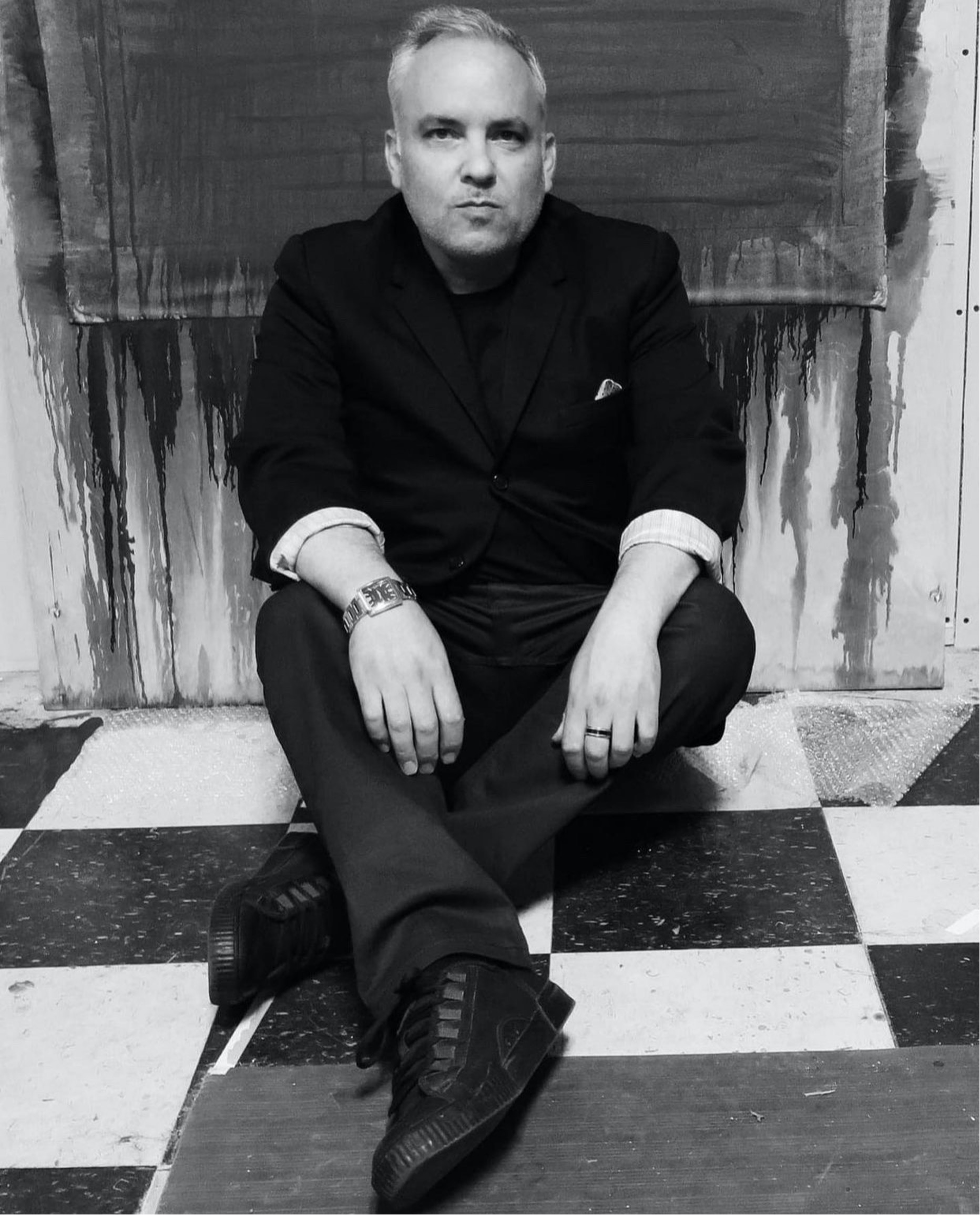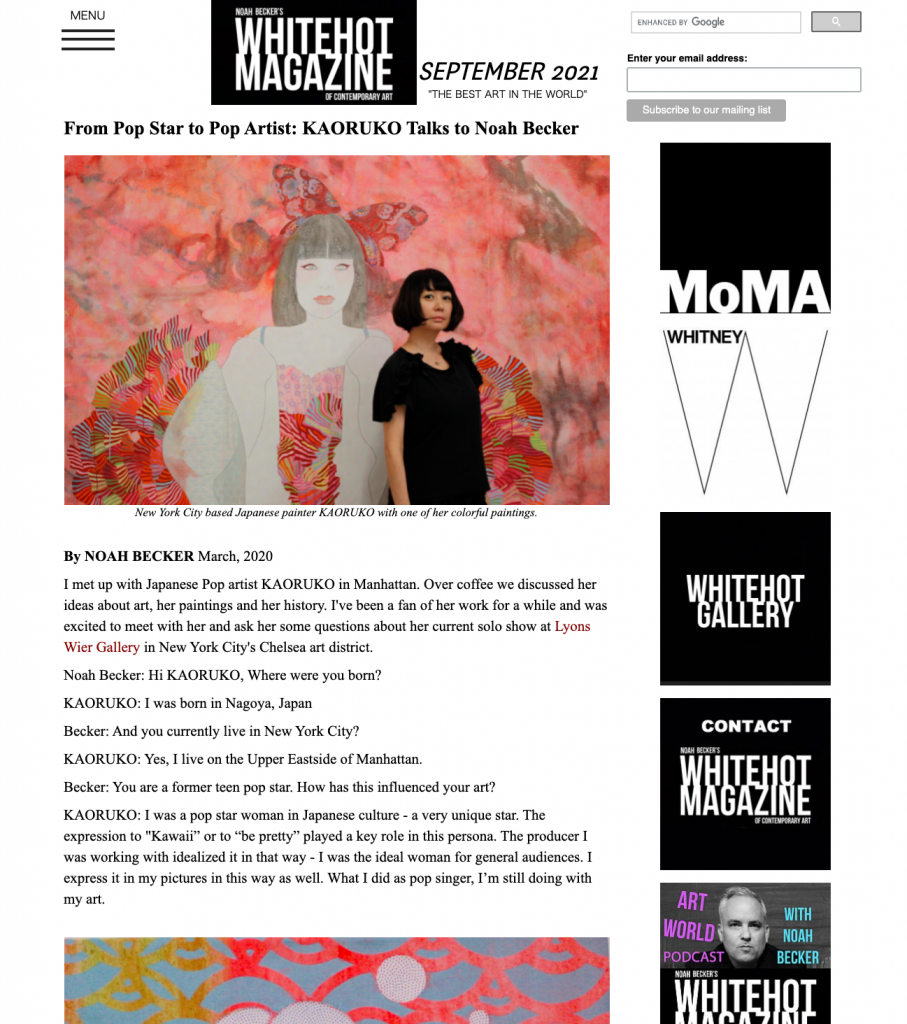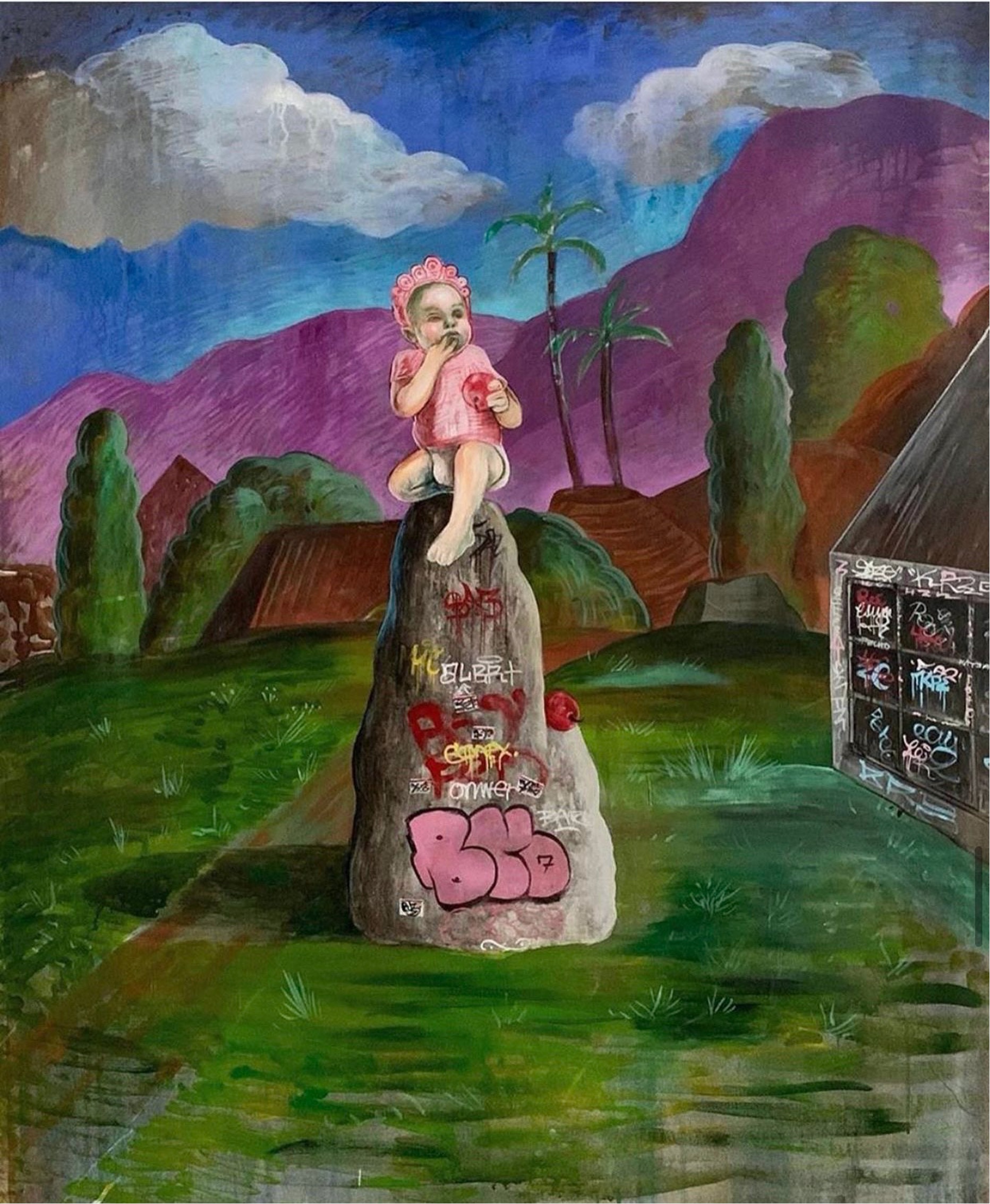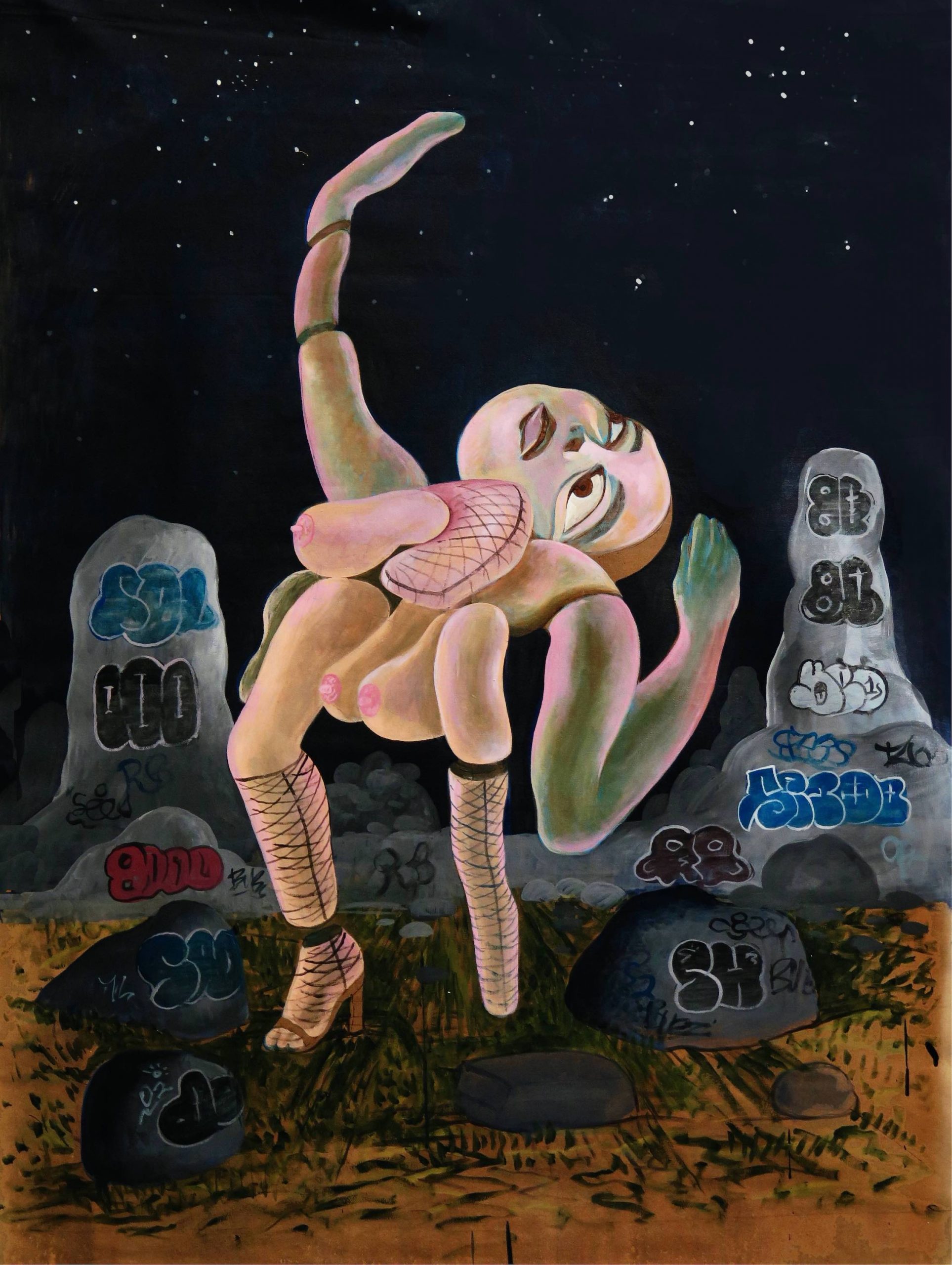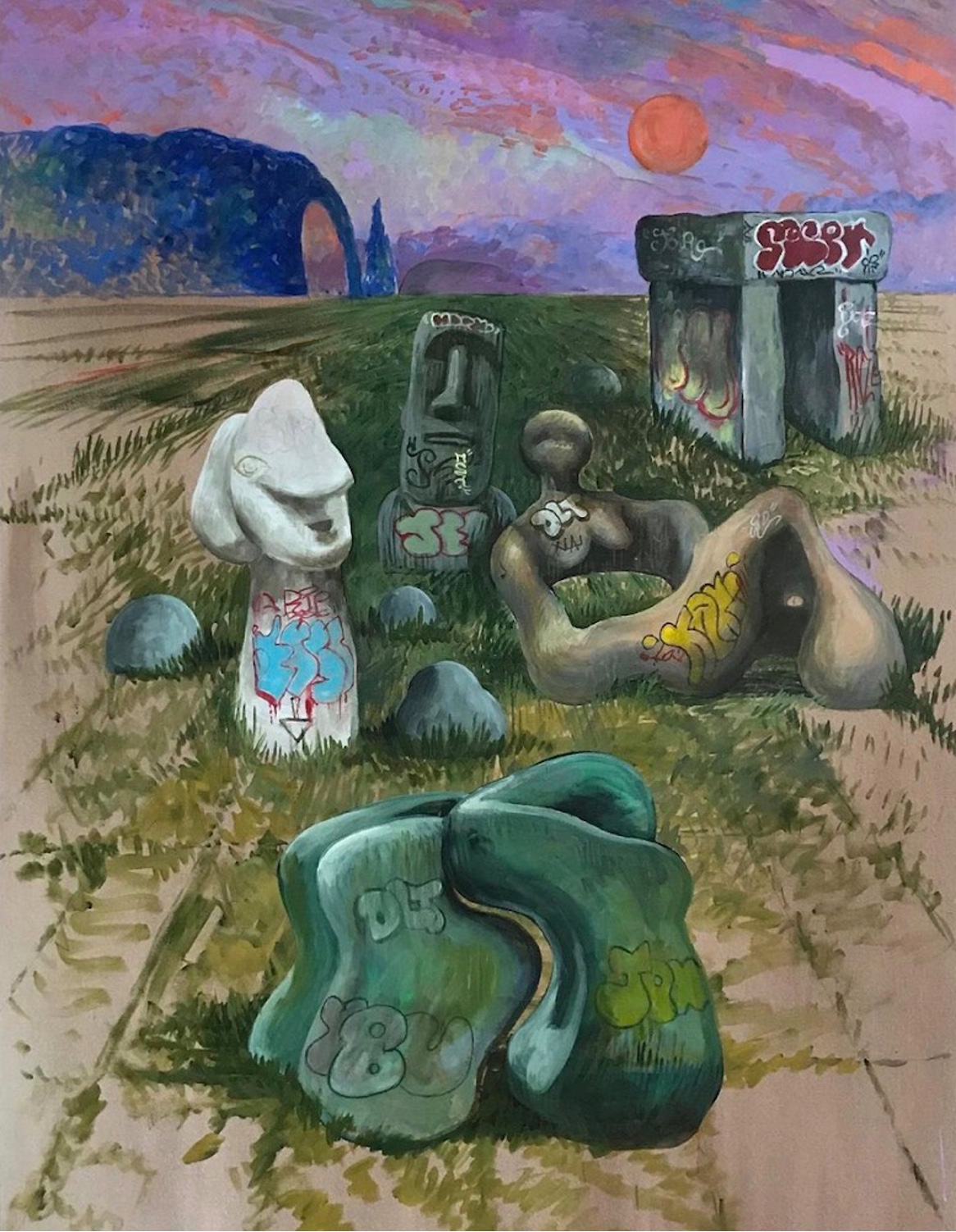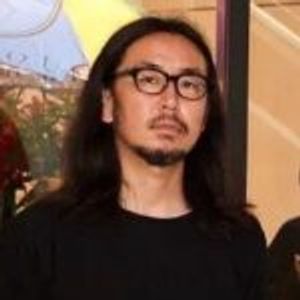From business to science, we are seeing increasingly urgent situations where the need for art is addressed. While the visible world affected by the pandemic remains the same, people’s sentiments are changing. How are people’s perceptions changing? Art dealers, artists, and collectors are surveying the landscape to imagine what will emerge on the horizon as the pandemic subsides.
In this sixth installment, we spoke to Noah Becker, the editor-in-chief of Whitehot Magazine, an online art magazine based in New York. The magazine is considered the leading media outlet in contemporary art. While its primary focus is contemporary art in New York, the magazine collaborates with art writers from all over the world as part of their “Whitehot Cities” series, which features young and talented artists and underground movement in different cities. It featured interviews with KAORUKO, and Yaseibakudan Cookie, pop artists from Japan.
Noah is also a painter, and had solo exhibitions in the U.S. and Europe, including New York, Los Angeles, Toronto, and Switzerland. He is also a contributing art writer for traditional media such as Art in America and HuffPost. Furthermore, he is a jazz saxophonist, and has released an album Where We Are, with participation of the famous contemporary jazz guitarist Kurt Rosenwinkel, and rapper and leading track maker of Jazzy lo-fi music Moka Only. In 2018, he played with saxophonist David Murray at the Village Vanguard. Traversing the world of music and art as an artist and critic, Noah never ceases to pursue new possibilities of expression. What are his thoughts on the current state of art?
A system that runs on writers with exceptional knowledge and writing skills
−−You are an artist and jazz musician yourself. What inspired you to start Whitehot Magazine in 2005?
Noah Becker: I felt like the world needed another art magazine. It was kind of a crazy idea and I didn’t expect it to be this huge and successful when I started it.
−−How would you describe the uniqueness of Whitehot Magazine?
Noah: I think our coverage is spot on when it comes to what’s really happening in the art world. Before the pandemic, we used to cover almost all events. As for now, the world is opening up. It’ll take a little bit of time but I’m seeing a lot of activities although a lot of stuff is still virtual. As an artist, I’m showing paintings at the SPRING/BREAK Art Show in New York in September and have several other openings.
−−Many cultural media outlets cite Whitehot Magazine as the best art magazine in New York. What aspects of the art scene do you focus on the most?
Noah: People all over the world recognize us as being one of the best places to read about art. We have the top art writers. They usually apply for work after reading our articles. It took a while for the magazine to become famous enough for people to contact us on a daily basis. We just try to focus on what’s happening in the art world and must-see artists and their work. If the writer is sophisticated, they usually write something good.
−−How does your career as an artist or musician affect your work as an editor or writer?
Noah: I am way more famous than I would’ve been as I am involved with many things. I think these days you have to have a lot of different things going on in your career to make a big career.
−−”Whitehot Cities” feature articles about artists from around the world, including “Whitehot Tokyo.” Could you tell us what you think is the appeal and potential of Japanese artists?
Noah: I interviewed Yaseibakudan Cookie and KAORUKO, who are well known Japanese artists with great potential. I’m a fan of how KAORUKO connects Japanese historical art to her work. Cookie has a great sense of humor. The almost horrific boundary-pushing sense of humor is reflected on his work. Cookie is one of my favorite artists. I believe Japanese artists really understand pop art. Look at Takashi Murakami as an example. I also enjoy Japanese woodblock prints. Yoshimtoto Nara is cool, too.
2.“Night Ritual” 2019, 48x36inches
3.“Repository of Cultural Objects at Sunset”, 2019, 48x36inches
4.“Head #4”, 2012, 30x24inches
©Noah Becker
Thinking about the relationship between art and music through the activities of jazz musicians
−−Are you paying attention to any artists or movements now?
Noah: You get wrapped up in all the history in New York like Warhol and Basquiat. It’s interesting to see how contemporary artists deal with the famous history in New York.
−−What is Whitehot Gallery’s policy on curating artists and writers?
Noah: We don’t have a specific policy and sometimes it’s based on things that interest us or curators that interest us.
−−Could you tell me about your career as a jazz musician?
Noah: I started playing the saxophone before I started painting. I’ve been playing the saxophone since I was 11 years old. It’s always been something that I do. I played at numerous famous jazz clubs and with many famous jazz musicians.
−−You released the album Where We Are with Kurt Rosenwinkel, and contributed a song to the soundtrack of New York Is Now, a documentary about the art scene in New York. In 2018, you performed with the saxophonist David Murray at the Village Vanguard in New York. Who is the influential musician in your life?
Noah: I’ve always loved Charlie Parker. Charlie Parker has a very similarly shaped skull to mine. If you compare photos of us, you can see it. I’ve always related to the vibration he creates because of that. His music is pure beauty and spontaneous composition.
−−What influence does your career as a jazz musician have on contemporary art?
Noah: I don’t think it has very much influence at all, although sometimes people say that it does.
−−What do you think about the relationship between art and music?
Noah: Music decorates the passing of time and visual art can also do that. When I say visual art, I mean painting. But they live in time in different ways and the creative process can be very different.
−−What do you think will happen to the art scene in the post-Covid world?
Noah: I’m glad the pandemic is ending, I hope this is the final moment for the pandemic and the vaccines make everything go back to normal. So far it’s nice to see jazz clubs and art galleries open again. Personally, I’ve been working with digital art and physical art; making NFT work and physical paintings. I think it’s time to use all the creative tools we can to make art.
Noah Becker
Noah is a painter, jazz musician, art critic, and editor. Born in Cleveland, Ohio, he moved to Victoria, British Columbia at the age of 15, where he began his career as a saxophonist and painter. In 2004, he moved to New York City, where he founded Whitehot Magazine in 2005, an online magazine on contemporary art in New York City. Since then, while working as the magazine’s editor-in-chief, he has been contributing articles for media outlets such as Art in America and HuffPost as an art critic. In 2012, he was selected as one of their 30 artists to watch by NYArts. In 2014, his work was included in the permanent collection of the Art Gallery of Greater Victoria.
Whitehot Magazine
Instagram:@newyorkbecker
Translation Fumiko.M

